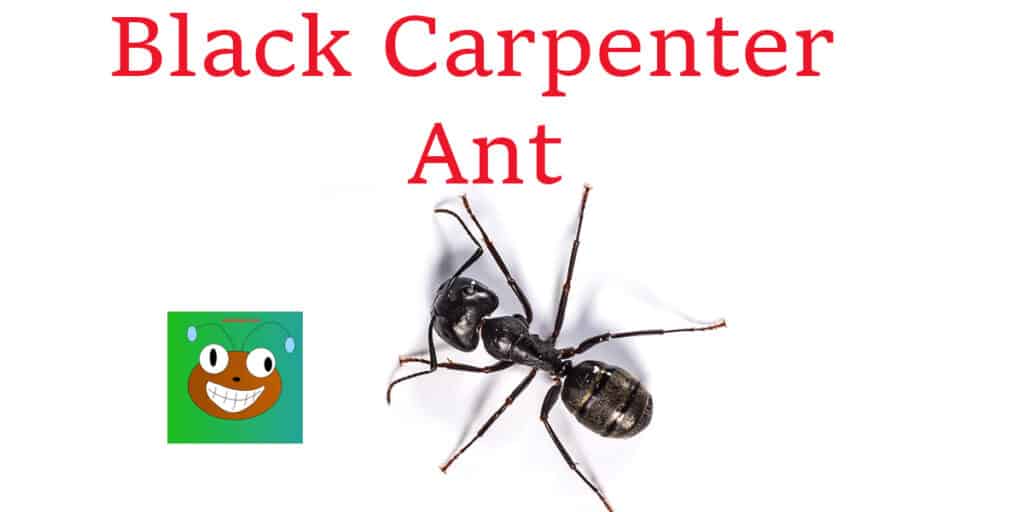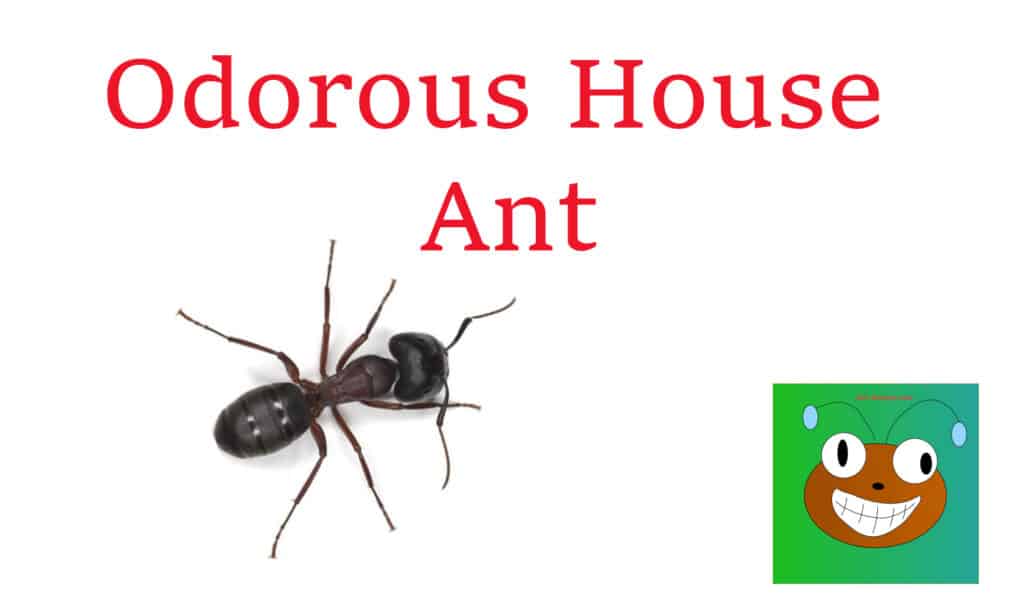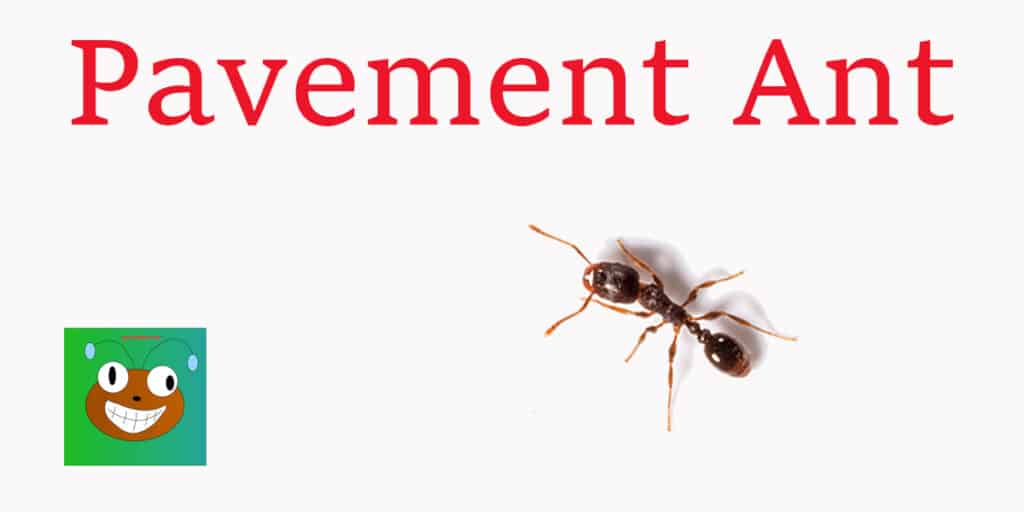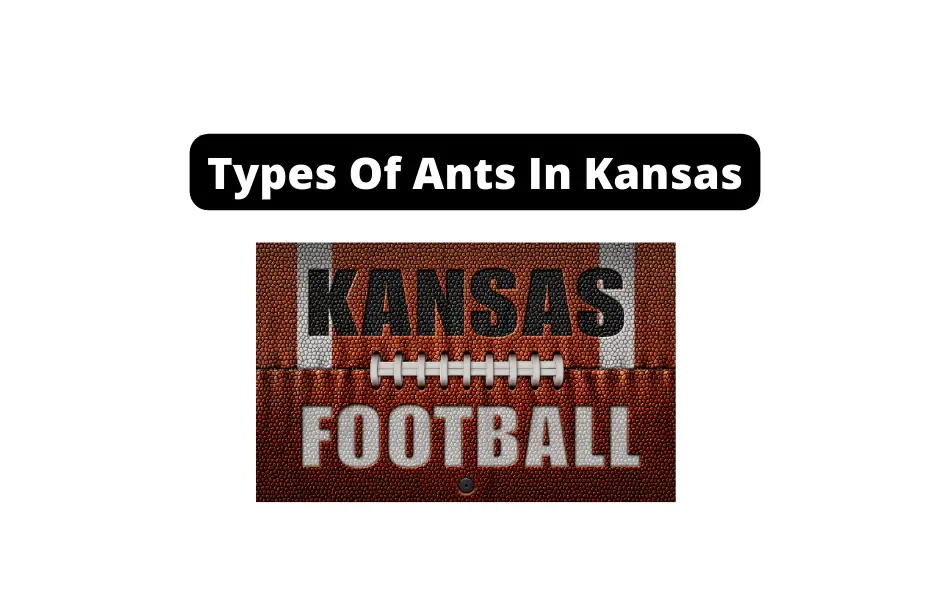Ants can be found almost everywhere in the world, but the type of ants will differ in each place.
While Kansas may be known for its vast agricultural lands, scenic Flint Hills, and iconic Sunflower State nickname, we can’t overlook the rich history of the state’s Native American tribes and the unique wildlife that calls Kansas home.
Kansas is a treasure trove of fascinating creatures, from the bison and prairie dogs to the vibrant monarch butterflies and the rare ornate box turtle.
So, if you’re looking to explore the great outdoors and learn about the natural wonders of the Midwest, Kansas is definitely worth a visit.
While all of this is nice, we can’t forget the cool ants that are in Kansas These ants listed below would be perfect to start your ant-keeping journey, as they’re well-adjusted to Kansas’s humidity, water, and temperature!
Types Of Ants In Kansas
Kansas is known for having many different kinds of ants. These include Acrobat Ants, Carpenter Ants, Field Ants, Odorous House Ants, Pavement Ants, Pharaoh Ants, and Thief Ants.
Carpenter Ant
Carpenter ants got their name because they dig wood to make their nests, creating neat tunnels within the wood.
These ants will only chew and burrow through the wood to build nests; Interestingly, they do not consume wood.
Carpenter ants’ length ranges from 12 to 25 mm depending on the species.
Carpenter ants that are black are frequent pests, but these insects can also be all-black, all-red, or all-brown.
When mature, the black western carpenter ants colony has ten to twenty thousand workers.



Incredibly, some big colonies have more than fifty thousand ants.
In most territories, there is only one active, wingless Queen. The colony must be older than two years before the production of swarmers takes place (potential new queens).
Instead, swarmers are produced the year before and kept in the nest during winter in preparation for the ensuing years’ dispersal.
In the east of the US, swarmers arrive from May through August, whereas in the west, they appear from February till June.
Field Ant
The field ant is one of Wisconsin s most prevalent insects (Formica spp.). The ants are renowned for creating substantial mounds that destroy many residential lawns’ beautiful appearance.
Subsequently, cutting the grass is challenging and prevents the development of herb and woody ornamental plants.
Field ants are pretty big, with lengths between 1.5 and 3 inches.
Some species are entirely black, while others have either a black or red color. Their hue might change.
Colonies of field ants can last for over ten years. The queen lives in each nest and produces all the embryos that eventually become infertile females (workers) or males (drones).
They mostly gather food outside, consuming both living and dead bugs alongside aphid honeydew.
Field ants do not need to be controlled in places where there is no civilization and usually dominate non-residential regions.
Odorous House Ant
The worker-odorous house ants are around 3mm long and black to dark brown.

Additionally, they have antennae that resemble a long stick.
Crushed, odorous house ants produce a pungent, rotten coconut-like stench that gives these insects their name.
Odorous house ants build their nests indoors next to moist areas, such as heaters, heater cavities along hot water pipes, under leaking fixtures, and on termite-damaged wood.
Outside, odorous ants are frequently discovered on bare soil or beneath firewood piles. Odorous house ants enjoy eating sweets and particularly enjoy consuming honeydew.
Occasionally, they eat other things, such as pet food or insects. Approximately tri-monthly, they often relocate their nests because of rain.
They create new colonies following mating flights at the end of spring and summer.
Colonies are also split by the budding process, in which a queen leaves her nest with some workers to start a new colony elsewhere.
Pavement Ant
The head and thorax of pavement ants are marked with grooves, the thorax being the only part of the body-bearing spines.
Their size is usually between 2.5 and 3 mm in length.

Pavement ants get their name because they typically make their nests under roadways, building foundations, and sidewalks.
Therefore, an area of disturbed soil near a paved surface is likely the result of pavement ant activity. Pavement ants may build their nests inside buildings near a heat source, mainly during winter.
These trailing ants consume many items, including honeydew from aphids, oily foods, seeds, and dead insects. Pavement ant colonies include up to 4,000 workers comprising several queens.
The queens are much bigger than the workers, going upwards of 9 mm in length.
The drones and young queens searching for partners are frequently spotted on nuptial flights during the end of spring and the start of summer. Drones and queens that reproduce have wings.
Pharaoh Ant
Another smaller and at about 2.4 mm (1/16 Inches), and interestingly the males and worker ants are actually the same size (not the Queen).
This ant can quickly become a nightmare if it infests your home, as it can survive even the most advanced household pest control attempts.

These ants will eat everything and are well known for infesting hospitals and other large corporate buildings that offer a cafeteria.
Because these ants don’t need soil or other substrates to create nests, they can infiltrate a building and start building out a home anywhere.
These ants do not care where they put their nest and have been seen nesting in everything from electrical wiring to underground sewage systems.
A Unique (And Sad) Fact About Pharaoh Ants Is That They Have Been Caught Feeding On The Flesh Of Burn Victims And Are Known For Transferring Diseases Within Hospitals.
Thief Ant
Among the tiniest species of domestic ants is the thief ant. They received their name because they tend to build their nests near or inside those of other ant colonies, which they subsequently raid for food and eggs.
Although they can have numerous queens and thousands of workers, their colonies are typically smaller than other ant species.
While they have different traits, thief ants and pharaoh ants can frequently be mistaken.
Due to their preference for fatty meals and sweet delights, these ants are sometimes called grease ants or sugar ants.
The majority of the Eastern US is home to this species.
The bodies of thief ants range in color from light brown to pale yellow. They are usually 1.5 mm – 2.2 mm in size. Their body is irregularly shaped, with their thorax appearing to lack spines. But their waist comprises two nodes.
